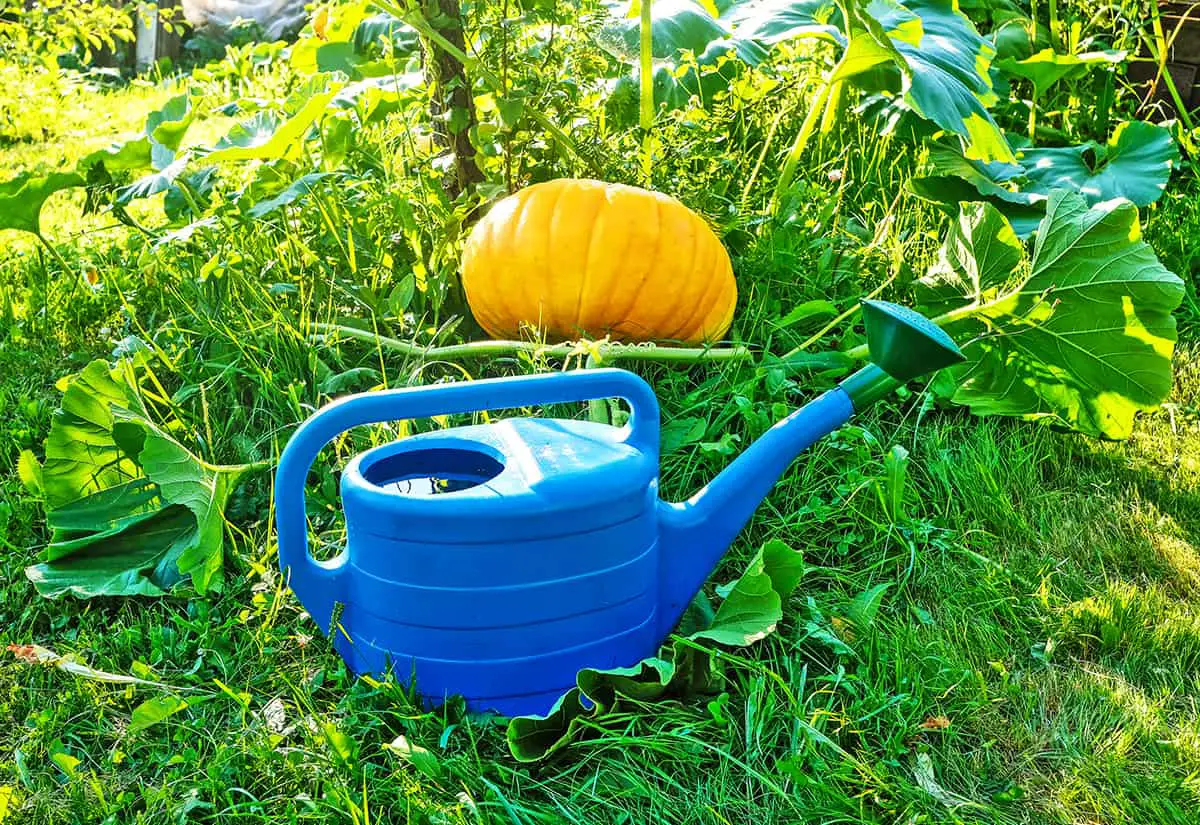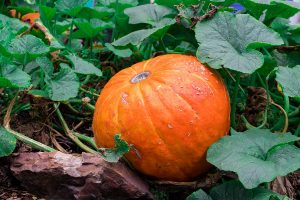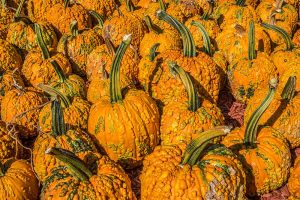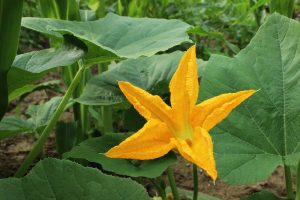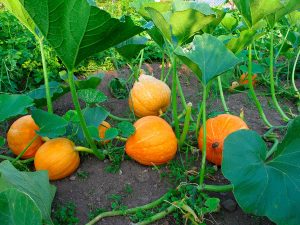Pumpkin plants are easy to grow, making them a great project for the whole family. You can nurture these vines throughout summer and once they are harvested in the fall they can be used for decoration, in cooking, or for carving. Here we look at how much water a pumpkin plant needs, and the best watering methods.
Table of Contents
How Much Water Do Pumpkin Seedlings Need?
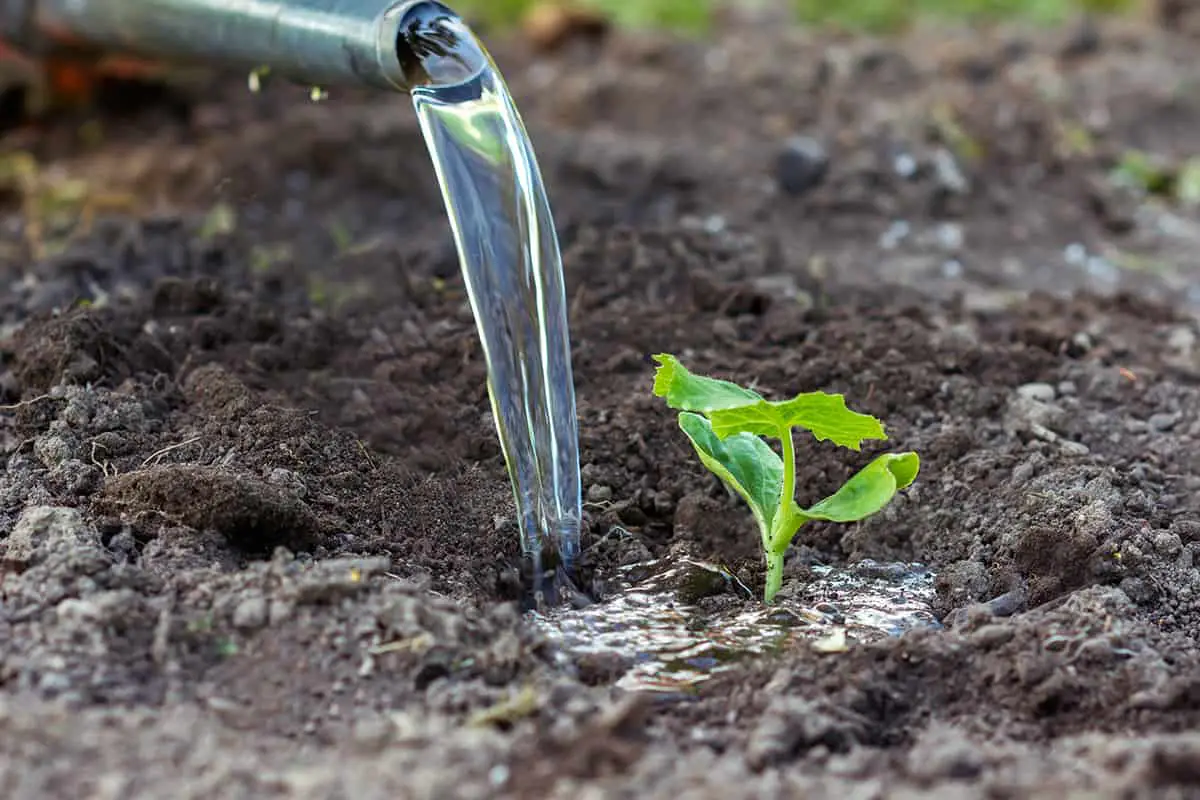
When pumpkin seeds are first planted, the soil they are in needs to be kept consistently moist in order for the seeds to germinate successfully. You should aim to apply around 1 inch of water a week during this time to ensure the soil is moist but not wet.
Once the seedlings have developed, they will need around 2 inches of water each week, but it’s important to pay close attention to the soil rather than the amount of water you are using.
The soil should be moist but not wet, as this will give the pumpkin seedlings a steady supply of water without running the risk of causing root rot. Be sure to check on the soil condition every day to adapt your watering methods if necessary. The soil should not be allowed to dry out entirely between waterings.
How To Water Pumpkin Plants
Water Level
Growing pumpkin plants need plenty of water to thrive, especially if they are entering their fruiting phase. The amount of water a pumpkin needs will vary depending on the climate they are being grown in, the soil conditions, the variety of pumpkins, and their position within the garden.
For this reason, never follow recommendations of how much water to use based on a measurement of water, and avoid sticking to a strict watering schedule. Instead, check up on your pumpkin plants daily and assess the moisture levels in the soil. From here, you can decide if the plants need more water or not. Pumpkin plants are quite thirsty, so in most climates where pumpkins are grown, you can expect to water them every day.
However, pumpkin plants are susceptible to root rot, so avoid overwatering. You should aim for the soil to be kept moist but not wet, with the soil not being allowed to entirely dry out at any point. In locations that are hot and dry, this could mean watering the pumpkin plants twice a day.
Watering Method
Pumpkin plants have deep roots, so it’s important to water heavily to ensure the moisture reaches deep into the layers of the soil and reaches the plant’s roots. If you only water the plants lightly, the water will stay in the upper layers of the soil and evaporate due to high temperatures rather than seep into the lower layers of the soil where the pumpkin plant can absorb and benefit from the water.
Watering the pumpkin plants heavily once a day will be preferable to watering the plants lightly twice a day for this reason. One way you can help to ensure the water is directed into the deeper levels of the soil is to use a trick involving an old soda or water bottle. Cut the bottom off the bottle and then turn it upside down with the lid removed so the neck of the bottle is facing downwards.
Insert the opening of the bottleneck into the ground beside your pumpkin plant, and then fill the bottle with water. This will help to encourage water to seep further down into the soil and avoid it remaining on the top of the soil.
Many people grow their pumpkin vines along the floor, and if your pumpkins are growing in this way, then using a repurposed soda bottle to water the plants can be beneficial in preventing rot.
If you water the surface of the soil, you can create puddles where the pumpkin fruits, vines, and foliage could end up growing in standing water. This can lead to rot, effectively harming your pumpkin plant and affecting the size of your harvest. Using an upturned bottle to water your pumpkin plants keeps the water off the surface of the soil and away from the growing pumpkins.
Are Pumpkin Plants Drought-Tolerant?
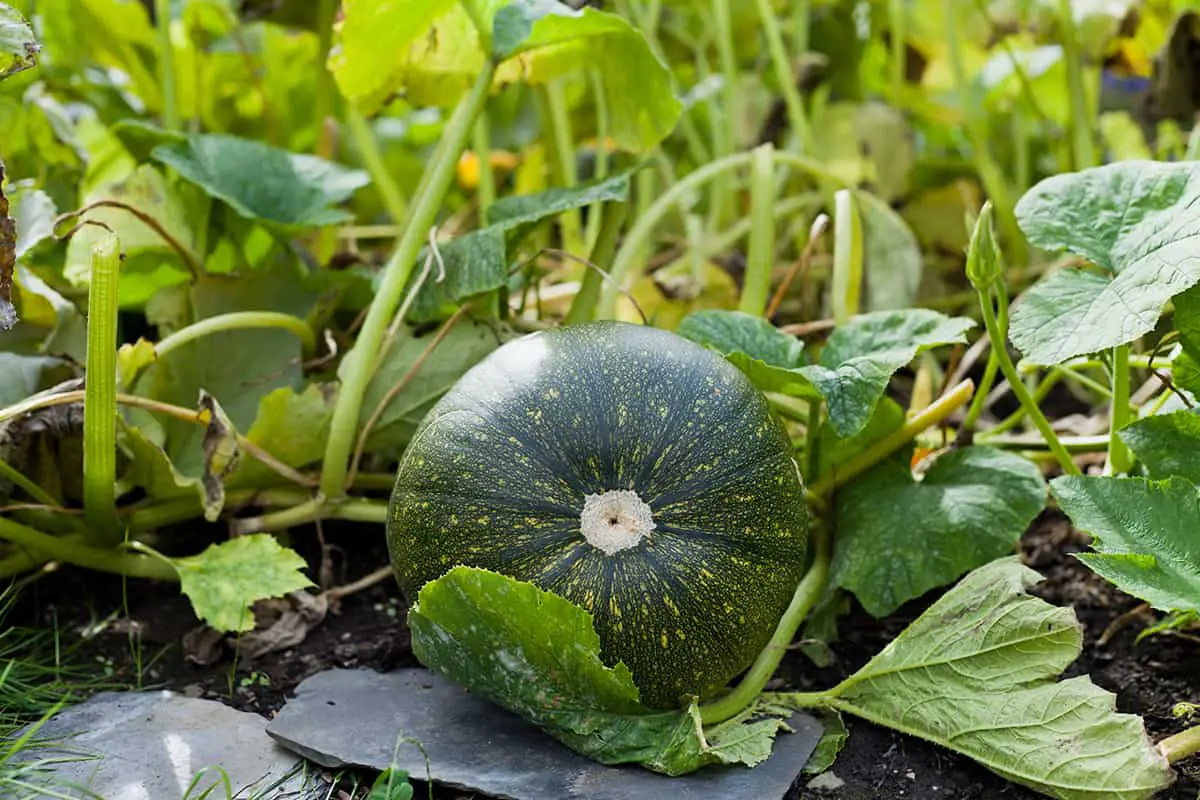
Pumpkins like to grow in hot climates; however, they are not drought-tolerant. If you are experiencing a lack of rainfall while growing pumpkin plants then you will need to provide plenty of supplementary water. Pumpkin plants will not thrive in dry soils, and in fact, the soil should not be allowed to dry out at all.
Instead, the soil around a pumpkin plant needs to be kept consistently moist. If you live in a dry climate, you can help to maintain moist soil by applying a layer of mulch over the top of the soil. This will act as insulation so that the soil doesn’t get too hot, and therefore there will be less moisture evaporation from the soil.
The mulch also helps to trap the moisture beneath it so that you won’t have to water as frequently or as heavily compared with non-mulched soil.
How to Avoid Rotting Pumpkins
Pumpkin plants need a steady supply of water to thrive, but this can increase the risk of rotting since most pumpkin fruits grow on top of the soil. To avoid rotting pumpkins, some gardeners recommend watering the pumpkin plants until the point that they begin to ripen and develop the ideal color.
After this, cease watering altogether to avoid rotting. Other pumpkin growers recommend that as pumpkin fruits emerge, they should be sat on straw nests. This raises them off the ground and keeps them away from the moist soil, drastically reducing the risk of rot.
Alternatively, you can grow your pumpkin vine up a trellis, as this will keep the entire plant off the ground. This will allow you to water the plant in the usual way without worrying about causing rot to the vine, the foliage, or the fruits. Using a trellis to grow pumpkin plants also saves space and looks more attractive than vines growing along the ground.
